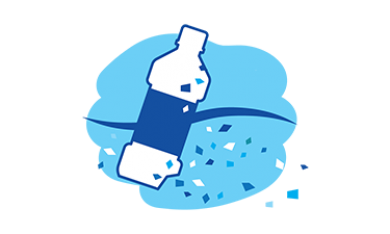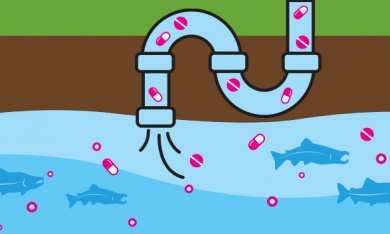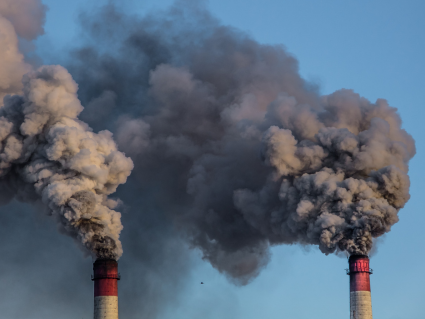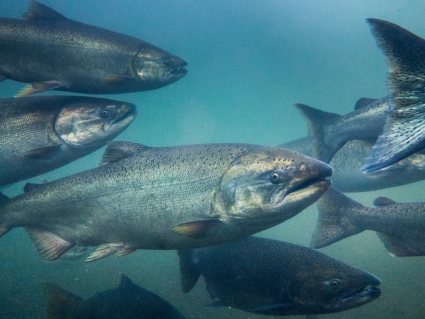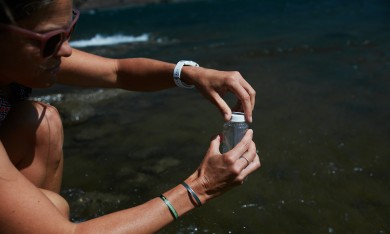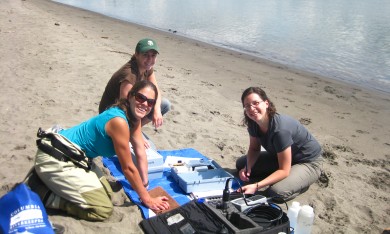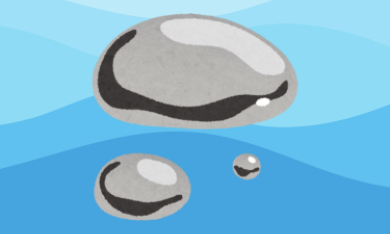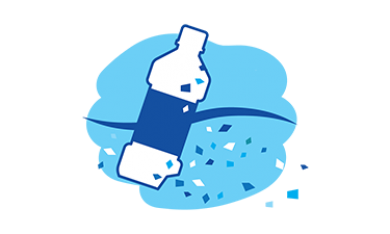FAQs and Resources
From in-depth research reports to fact sheets to webinars, our team is here to help you learn about and advocate for clean water and our climate.

Check out our Science and Education YouTube Playlist
Dive deeper into an area of interest with expert analysis from scientists and researchers in our webinar series.

Eating Salmon
Let’s explore what we know about toxics in Columbia River fish
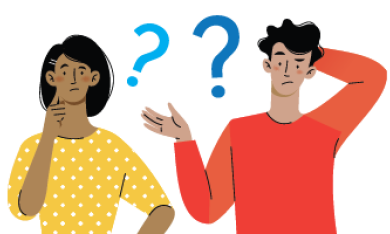
The Columbia River, and the communities that depend on it, face serious threats from toxic pollution. Let’s explore what we know about toxics in Columbia River fish.
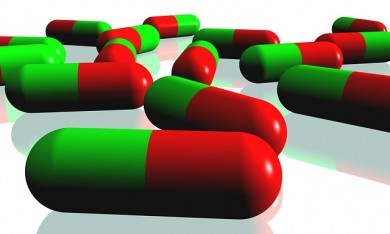
Tips for Disposing of Unused Meds

Tire Chemicals & Salmon
For decades, researchers have puzzled over an alarming phenomenon in Seattle-area streams in the Puget Sound: a large proportion of adult coho salmon die before they get the chance to spawn.
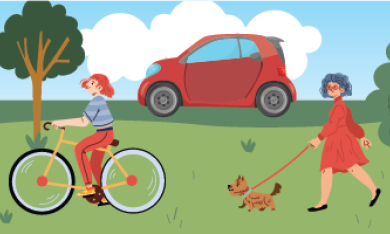
Webinar: 3/2
“Driven to Extinction: Tire Chemicals and Salmon,” featuring Sean Dixon from Puget Soundkeeper Alliance and Dr. Jenifer McIntrye from Washington State University.
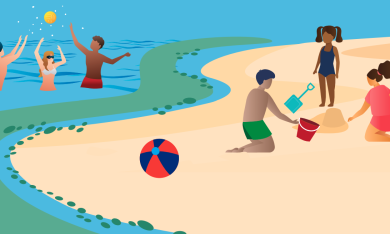
What’s causing blooms on the Columbia River?
Nutrient pollution from fertilizer, animal manure, wastewater, detergents, stormwater, cars, power plants, and pet waste.
Warm water temperatures driven by climate change, hydroelectric dams, and other causes.
Slow-moving water caused by hydroelectric dams and climate change.
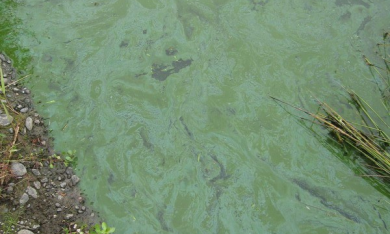
What are harmful algal blooms?
Algal blooms are overgrowths of algae or algae-like bacteria.
Harmful algal blooms (HABs) are algal blooms that produce dangerous toxins that can make people and pets sick.

Webinar: Microplastics & the Columbia River
A Not So Tiny Problem
Learn about microplastic pollution in the Columbia, how microplastics impact the river, and what we can do about it.
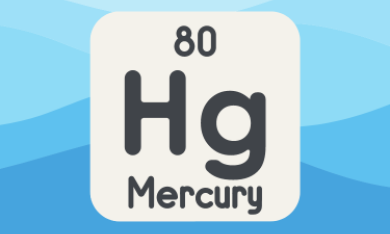
Mercury enters the environment from both natural sources and human activities and is harmful to human health and environmental ecosystems. Mercury can harm neurological, developmental, and reproductive systems in both people and animals.

Mercury & The Columbia: Should I Be Concerned?
Mercury is a naturally occurring element that is persistent (doesn’t break down easily), bioaccumulative (builds up over time), and toxic.

PFAS: Invisible. Forever. Everywhere.
Time to get real about forever chemicals, commonly known as perfluorinated chemicals (PFAS)

¡Ayuda a mantener limpio el Columbia sin siquiera salir del hogar!
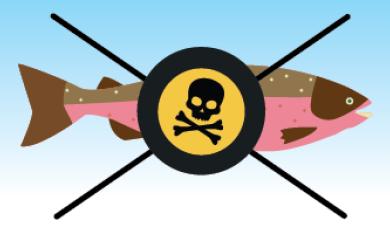
El salmón y las llantas para autos
Durante décadas, los investigadores se han preocupado por un fenómeno alarmante en los arroyos del área de Seattle en Puget Sound: una gran proporción de salmones coho adultos mueren antes de tener la oportunidad de desovar.

¿Qué son las oraciones de algas nocivas?
Las oraciones de algas son crecimientos excesivos de algas o bacterias similares a las algas.
Las oraciones de algas nocivas (FAN) son oraciones de algas que producen toxinas peligrosas que pueden enfermar a las personas y a los animales domésticos.
On February 24, 2021, Dr. Arlene Blum, Executive Director with the Green Science Policy Institute, spoke about the harmful chemicals found in household items, how they end up in the river, their impacts, and what you can do. Miss the event? Check on the recorded webinar here and share it with your friends:
This webinar has been funded wholly or in part by the United States Environmental Protection Agency under assistance agreement RB 01J73501 to Columbia Riverkeeper. The contents of this webinar do not necessarily reflect the views and policies of the Environmental Protection Agency.
Fish Advisory
Q&A: Nuclear Energy Development Threatens the Columbia River
Alerta Sobre el Consumo de Pescado

Power Victories for Clean Water
Make a gift today.

